The FiiO M15S was kindly provided free of charge in exchange for an honest review. I didn’t receive monetary or any other kind of compensation and I don’t use affiliate links. The FiiO M15S price is $999 and you can buy it from FiiO.eu.
Introduction
The FiiO M15S is the successor of the FiiO M15 which used to be the company’s flagship DAP before the FiiO M17 was introduced. Now, the FiiO M15S is their penultimate model, a step above the FiiO M11 Plus ESS. The sweet spot when regarding pricing since the M17 is $1799 and the M11 Plus ESS is $699.
Technical highlights
The FiiO M15S uses one piece of the flagship ES9038PRO DAC chip from ESS in a fully differential output. The FiiO M15S abandons the THX amplifiers for a circuit that utilizes dual OPA927 for I/V conversion paired with dual OP1612 for low-pass filtering and dual OPA926 for current amplification. High quality parts, like low noise film resistors and Panasonic capacitors are employed for the best sound. The power output of the M15S is as high as 1200mW+1200mW/32Ω from the balanced output in ultra high gain which is exclusive to DC power and 990mW+990mW/32Ω when running from the battery.
Audio data is passed through a FiiO developed 4th generation FPGA with phase locked loop technology which works together with two custom NDK Femto-second crystal oscillators. The FiiO M15S supports native PCM decoding up to 384kHz-32bit, DSD256 and 8x MQA, bypassing global SRC for bit-perfect playback.
The desktop mode
The FiiO M15S starts a new chapter in the FiiO high-end, sharing the same technologies as the portable desktop-grade M17 player and the portable desktop-grade amp Q7 that give you desktop-level performance in a portable package – including desktop mode, dual power supply modes, and five gain levels. When in the dedicated desktop mode and under USB fast charging, the M15S will transform essentially into a desktop device and work completely without the battery.
When in this mode the battery will neither be charged or discharged, preventing premature battery degradation. The M15S not only features the “desktop/portable dual power supplies” as seen in other FiiO products, it is also equipped with an automatic “auxiliary DC power supply” – the M15S is able to automatically recognize when fast charging through USB is being used and automatically switches to use the highest-voltage power supply, leading to an increase of 26.67% in power supply for even more power output. Even when not using the fast-charging adapter, the FiiO M15S can still automatically switch to a higher-voltage power supply that is enough to drive most headphones.
This new DC mode is more practical than that of the M17 or the Q7 because you don’t need to carry with you an external DC power adapter, a USB fast charger will suffice. Of course the 5V of the charger cannot produce the massive 3W/32Ω of the FiiO M17 that the 12V power supply can, but still you have plenty of power from a relatively compact DAP without the need of bulky gear.
For the full technical documentation please visit the FiiO website.
Battery duration
The FiiO M15S is equipped with a 6200mAh battery which supports fast charging. The actual duration is about 9-10 hours depending on the use conditions like gain setting and if you are streaming or playing local files stored on the micro SD card. The battery duration is not huge but still plenty for a full day of music listening.
Appearance
The FiiO M15S doesn’t follow the newly introduced cyberpunk appearance of recent FiiO products like the M17 or the Q7. The M15S inherits the classic, minimalistic FiiO design with the rounded edges and the slim chassis which many of us loved and prefer over the new pattern. The FiiO M15S is relatively compact and lightweight enough for a flagship DAP, suitable for portable use and everyday carry. It is also ergonomically designed so you can navigate through the menus and use it with one hand only. The FiiO M15S is so beautiful and aesthetically pleasing that I prefer to use it without the protection case. As always with FiiO, build quality, finish and assembly are simply excellent.

Layout
The layout of the M15S is neat and simple, at the top of the chassis there are three headphone outputs (4.4mm, 2.5mm and 3.5mm) and a low profile knob for adjusting the volume with the analogue potentiometer. On a side note, I really like that FiiO continues to include a 2.5mm headphone output in their DAPs.
The volume can be adjusted from the two buttons that are located at the right side of the chassis together with the hold switch and the multifunction button that is user configurable through the menu. At the left side there are the power on/off and the three playback control buttons while at the bottom you will find the USB type-C port and the micro SD card slot.
User experience
The FiiO M15S uses a snapdragon 660 SoC which is paired with 4 GB of RAM and 64 GB of ROM that effortlessly run a heavily customized Android 10 OS. It is not the most recent Android version but it doesn’t matter a lot since you can perform all the tasks that are needed for music listening or web browsing. Google play store comes pre-installed to download all your favorite applications.
The M15S is fast and responsive while the 5.5″ display has vibrant colors and excellent visibility. It is not as fast as some of the class leading players of the competition but for music playback and streaming is more than enough.
You can adjust various audio parameters like low pass filter, gain, convert all input sampling rates to DSD, select between headphone or line output, configure if the line output is going to be fixed or variable, enable SPDIF and many others. You can also perform all the usual Android actions like in a smartphone and enable battery optimisation.

Most of the audio functions are instantly available from the drop down menu and the right side multifunction button. What is still missing from the M15S, as from all other FiiO players, is the ability to know at a glance the selected gain and low-pass filter.
The FiiO M15S supports six operating modes – Pure Music mode: FiiO exclusive mode, for immersive music, Android mode: Freely use third-party apps, including those of streaming services, AirPlay mode: wirelessly connect to iOS devices like iPhone/iPad, with a sound quality boost, Roon Ready mode: Roon Ready certified, USB DAC mode: acts as a DAC when connected to a computer/phone, Bluetooth receiver mode: supports SBC, AAC, aptX, aptX HD, aptX LL, LDAC, and aptX Adaptive, for convenient quality wireless sound. The player also supports Bluetooth transmitter and USB audio output modes.
Accessories
The FiiO M15S accessories include an elegant leather case, the DK3S heat dissipation dock, USB data/charging cable, USB power cable for the dock, USB adapter, micro SD removal tool and the documentation.
Power output
The FiiO M15S has plenty of power to run most full sized headphones both from the battery and DC modes. The DC mode is more powerful of course. Additionally, it offers better driver control and unleashes the full dynamics of the player. I have used various headphones from the balanced output, like the iBasso SR3, FiiO FT3, HIFIMAN Arya Stealth and the Meze Elite among others with excellent results. The M15S powered all of them easily and with a surplus of headroom. The unit always stayed relatively cool, even with the carrying case attached, and I never needed to use the cooling dock.
Further testing with more sensitive earphones like the Soundz Avant and the LETSHUOER Cadenza revealed a totally silent background without internal noise and electromagnetic interference. As per usual practice, the FiiO M15S was left playing music for more than 100 hours before listening evaluation and I have continuously used it for more than a month before submitting this review.
The text below includes sound comparisons with the FiiO M17 ($1799) which is the brand’s flagship DAP with dual ES9038PRO DAC chips and THX amplifiers. It supports a dedicated DC mode that outputs double the power of the M15S but needs an external 12V DC adapter while it is considerably heavier and bigger than the M15S.

Listening impressions
With the M15S, FiiO has managed to make a player that successfully combines the famous ES9038PRO technicalities with plenty of musicality and an excellent tonal balance. The FiiO M15S is the warmer and most musical sounding player ever made by the brand, even surpassing the old M15 and M11 Plus with the AKM chips. Fortunately, FiiO engineers have abandoned for a while the much used THX amplifiers and became more creative in circuit design, a wise choice that bore excellent sonic results.
The player utilizes all the technical abilities of the DAC chip without pushing them to their limits. In antithesis to the flagship FiiO M17 where technicalities are slightly dominant over musicality, here musicality takes over by pushing technicalities to the background. This is something that gets mostly noticeable in the treble section which is less sharp and aggressive sounding when compared to the FiiO M17. Still technical enough and extended treble in the M15S, crystal clear and transparent but less bright with more rounded edges and a smoother decay. Detail retrieval is excellent but less prioritized, better integrated into the music rather than projected in front of it. The treble is very resolving and refined but not to the supreme level of the M17.
Something similar is happening to the low-end where technical performance is undeniably great with excellent control and definition, deep layering and impressive dynamics but speed and decay are more relaxed than in the FiiO M17. The bass is full bodied, weighty and very visceral albeit slightly more blur when compared to that of the M17 so the overall notion is of a more bassy and warm sounding player.
The M17 is a beast, the undeniable champ when it comes to macro-dynamics and physical impact but rest assured that the M15S is directly comparable with its bigger brother. Battery is already very impressive but the DC mode will unleash the extra power to tear apart your headphones and fill your head with shuttering bass.
The mid-range is of masterclasses quality, more engaging and organic from all other FiiO products with ESS chips. Tonally balanced, present and resolving with a very natural timbre, the music gets filled with a wealth of harmonies and colorful overtones. Instruments and voices alike are reproduced with great realism and convincing tonality, the texture has an unbelievably analogue quality to it, this is the most lush and organic sounding player ever made by FiiO. It never sounds artificial, sterile or monotonously technical, a great achievement by FiiO and one of the best implementations of the ES9038PRO DAC chip which is not that famous for its musicality.
The soundstage presentation is magnificent, both wide and tall, spacious and airy with sharp imaging, plenty of depth layering and a nice holographic relief. It does an excellent job communicating the ambience and the feeling of the recording sessions, adding greatly to the overall realism. The FiiO M17 with the dual DAC chips is slightly more open sounding with enhanced imaging precision but it sounds a little drier and not as atmospheric as the M15S.
I could use various music examples to highlight the sonic virtues of the FiiO M15S because it really proved genre agonist and surprised me with how well it sounded with all kinds of music. But it would be rather unfair not to emphasize how greatly it matched classical music. From solo piano, to operas or symphonic works, the FiiO M15S offers astonishing realism and impressively analogue quality of sound.

Further sound tweaks
The “all to DSD” function is something that I have overlooked in the past but lately I found that it adds some subtle improvements in the overall sound quality, mostly some extra refinement and resolution. I usually combine it with another exclusive audio enhancement developed by FiiO, the so-called “second harmonic” regulation which simulates the special distortion of tube amplifiers.
The second harmonic that doesn’t exist in the original signal is artificially increased in two, user selectable, levels. This function, which is only effective in higher gain settings and when the volume is loud enough, helps the player to sound even more pleasing and less artificial.
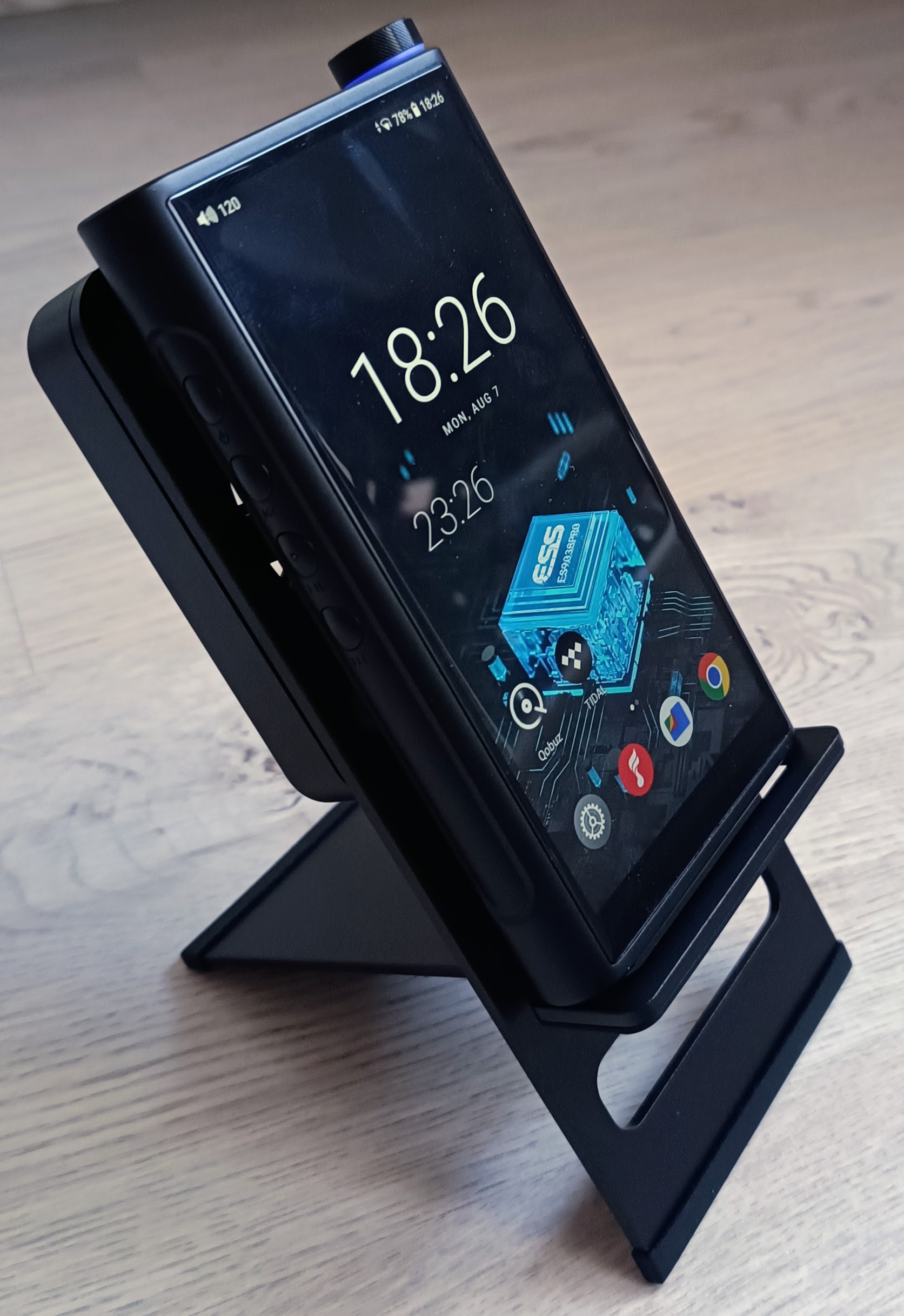
Vs the iBasso DX240 ($949)
The iBasso DX240 digital audio player is the brand’s penultimate model that uses one ES9038PRO DAC chip to do the decoding. It supports the interchangeable amplifier module system so the user can tailor the sound to his liking by using one of the various available amplifiers. The stock AMP1 MK3 is designed with discrete components, without op-amps, and can do 878mW/32Ω, quite close to the 990mW/32Ω of the FiiO M15S battery mode but still far from the 1200mW/32Ω of the DC mode. The iBasso DX240 stock amp lacks the 4.4mm headphone and balanced line outputs.

One notable difference between the two players is that the iBasso DX240 is more compact and lightweight. The screen size is reduced to 5″ but in exchange you get higher 1080p resolution and a player that is much more portable and pocket friendly. The DX240 and M15S share the same SoC and RAM/ROM amount and while the DX240 OS has been lately updated to Android 11, the actual user experience is pretty much the same for both players. If you care about decoding ability, the DX240 can do a little better than the M15S as it supports DSD512, 32bit/768kHz PCM and 16X MQA.
The iBasso DX240 with the stock amplifier is slightly more technical sounding than the M15S. It is not that it is lacking in musicality and engagement but the timbre is a touch more artificial, the texture is leaner, drier and not as full bodied while the treble is cleaner, sharper and more energetic. The DX240 is a little tighter and more controlled in the bass but not as impactful and dynamic as the M15S.
The overall tonal balance is more neutral, less warm than the M15S and maybe just a tiny bit more sterile. A key difference is that with the iBasso DX240 you can always add another amplifier module, like the AMP8 MK2, and make the player sound more organic and analogue-like, closing the gap between the FiiO M15S. But whichever module you use, it is never going to sound as visceral, impactful and dynamic as the M15S.
In the end
The FiiO M15S is, in my humble opinion, the best audio player the brand has ever designed when we consider the actual price to performance ratio. Smartly positioned between the FiiO M11 Plus ESS and the M17, it is a definite sonic upgrade over the first and very close in audio performance to the flagship. Actually, it is a touch more organic and natural sounding than the M17, albeit not as technically skilful.
The new desktop DC mode might not trigger the same amount of power as that of the M17 but is much simpler and easier to activate by just using a USB fast charger. Thanks to this DC operation mode, the FiiO M15S is the most powerful DAP relative to its size.
The M15S is lightweight and compact for a player that packs such a performance, it is visually appealing, user friendly, fast, responsive, well made and with an abundance of connectivity options.
Simply put, the FiiO M15S easily ranks as one of the best digital audio players in the market right now and it stands out for its tremendous value for money that other brands will find very hard to overcome.
Copyright – Petros Laskis 2023.
+ Stellar sound performance + Excellent tonal balance + Natural timbre without artificiality + Dynamic and impactful + Desktop mode + Very powerful + Fast and responsive UI + Relatively compact and lightweight + Connectivity + Well made + Accessories + Value for money - Average battery life - Older Android version




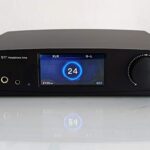
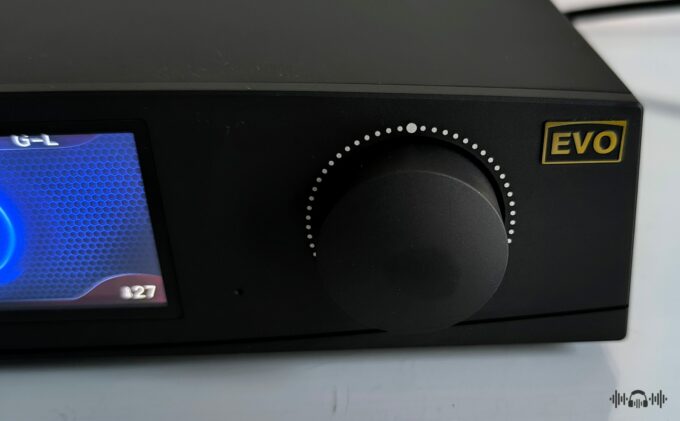


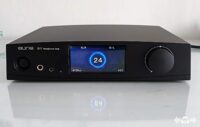


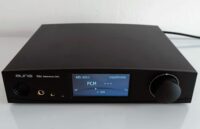
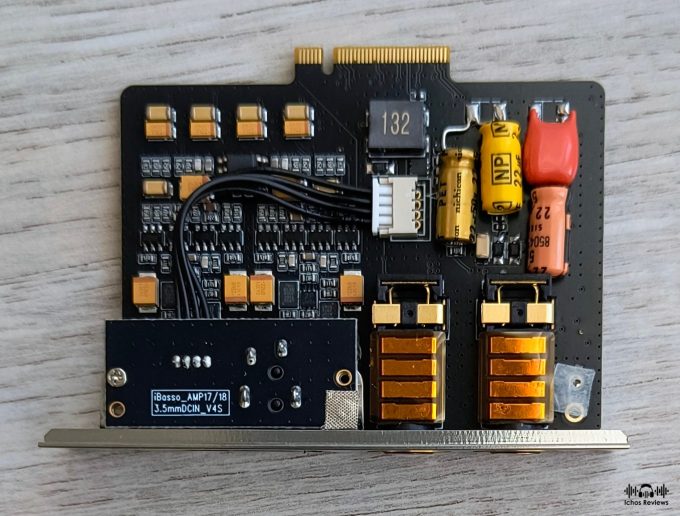

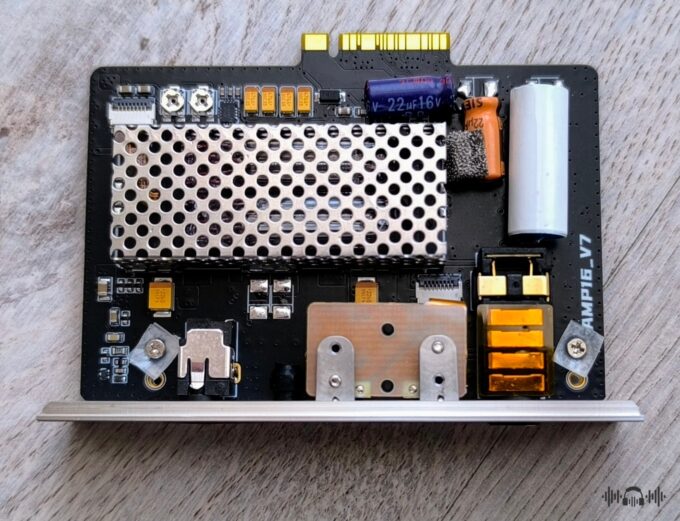
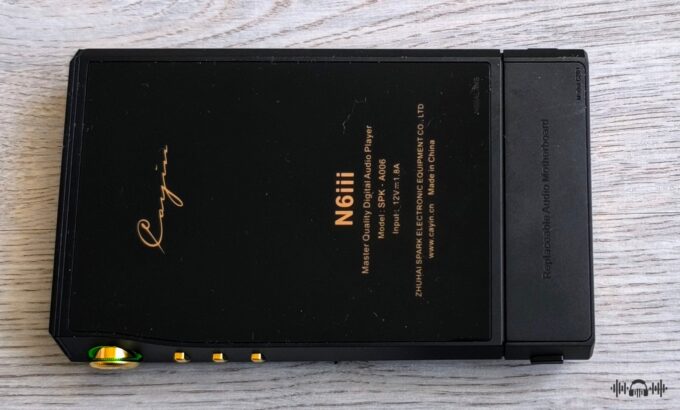



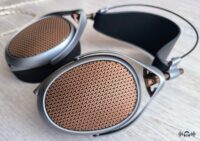


Leave a comment